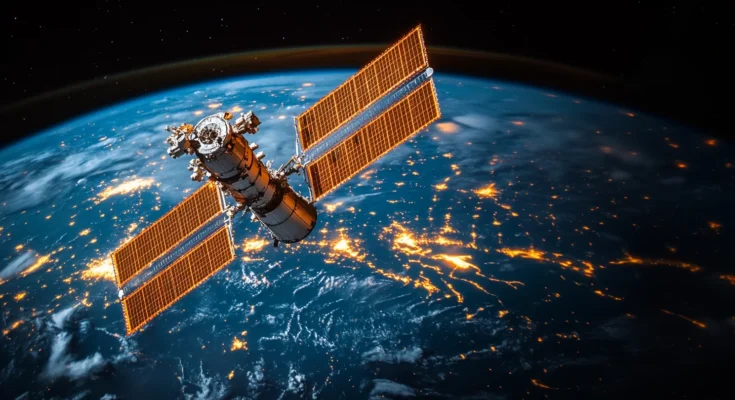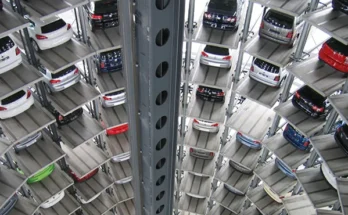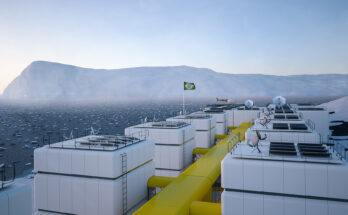In 2025, approximately 10,000 active satellites orbit Earth, a number that has grown rapidly due to advancements in space technology and the rise of mega-constellations like SpaceX’s Starlink. While this surge has enhanced global communication, navigation, and scientific research, it has also intensified concerns about space debris, posing a serious threat to operational spacecraft and future missions.
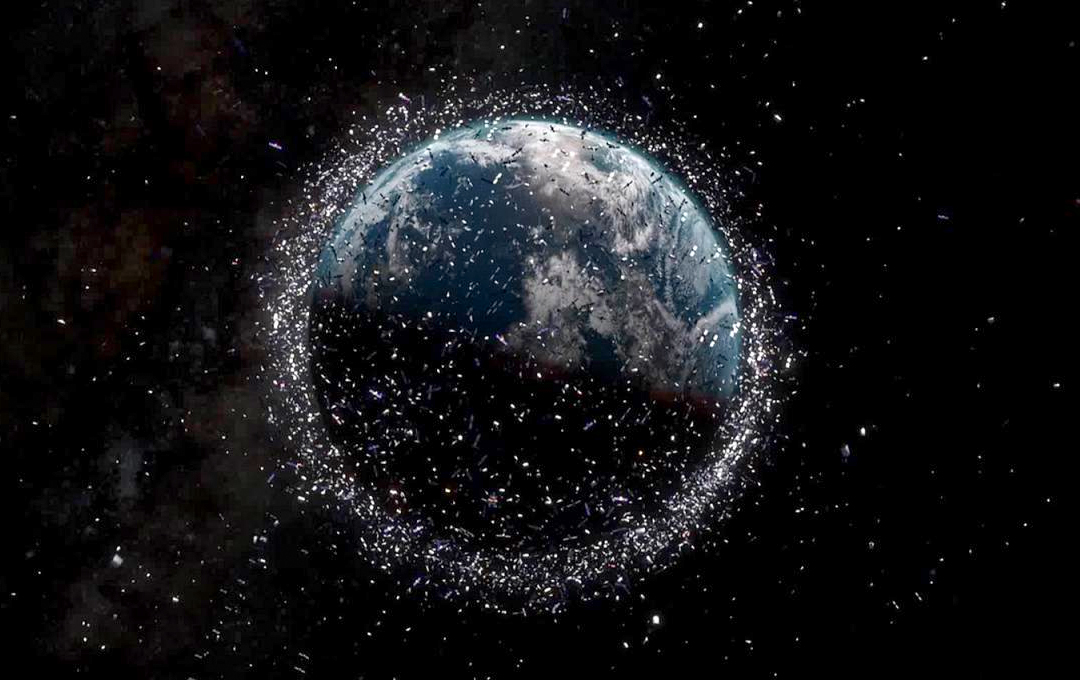
The Boom in Satellite Deployments
The last decade has witnessed an unprecedented increase in satellite launches, driven by commercial entities, government agencies, and international organizations. Companies like SpaceX, Amazon (with Project Kuiper), and OneWeb aim to provide global internet coverage, deploying thousands of satellites in low Earth orbit (LEO). Starlink alone accounts for a significant share, with plans to expand its network beyond the existing 5,000-plus satellites.
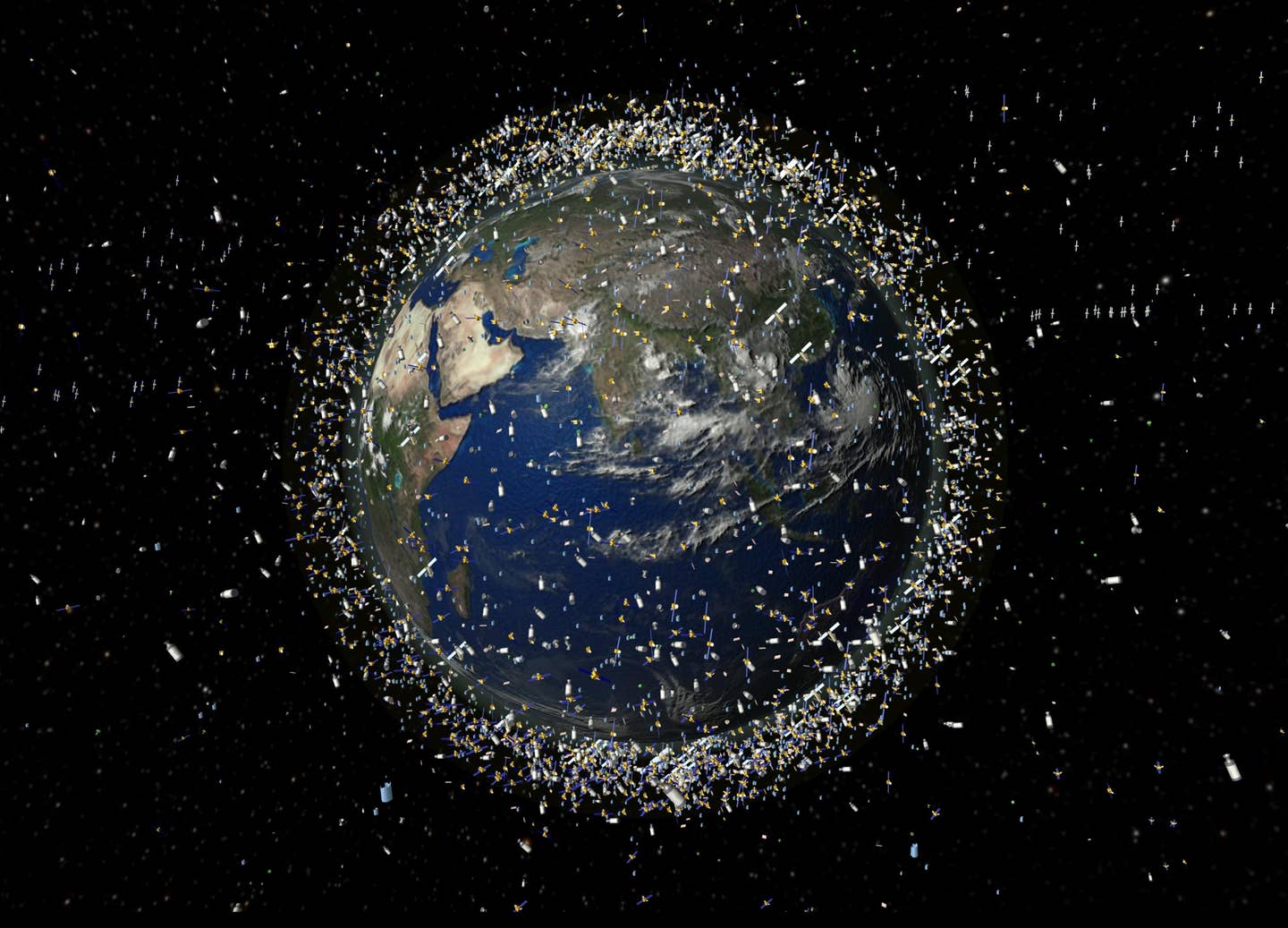
While this expansion benefits connectivity and economic growth, it also clutters space with an increasing number of defunct satellites, spent rocket stages, and fragmented debris from collisions. The growing congestion in LEO heightens the risk of satellite malfunctions, catastrophic crashes, and the creation of even more debris.
The Space Debris Crisis

Space debris consists of defunct satellites, abandoned rocket bodies, and fragments from accidental collisions. These objects travel at speeds of up to 28,000 km/h (17,500 mph), making even small debris a lethal hazard for active spacecraft. The infamous Kessler Syndrome—a scenario where cascading collisions generate more debris, further increasing collision risks—has long been a concern for astronomers and space agencies.
Already, near-misses between satellites and debris are becoming more frequent. In 2021, the International Space Station (ISS) performed multiple maneuvers to avoid debris threats, highlighting the growing challenge of operating safely in space. The potential loss of valuable satellites due to collisions could disrupt essential services, including weather forecasting, GPS navigation, and international communications.
Mitigation Efforts and Future Solutions
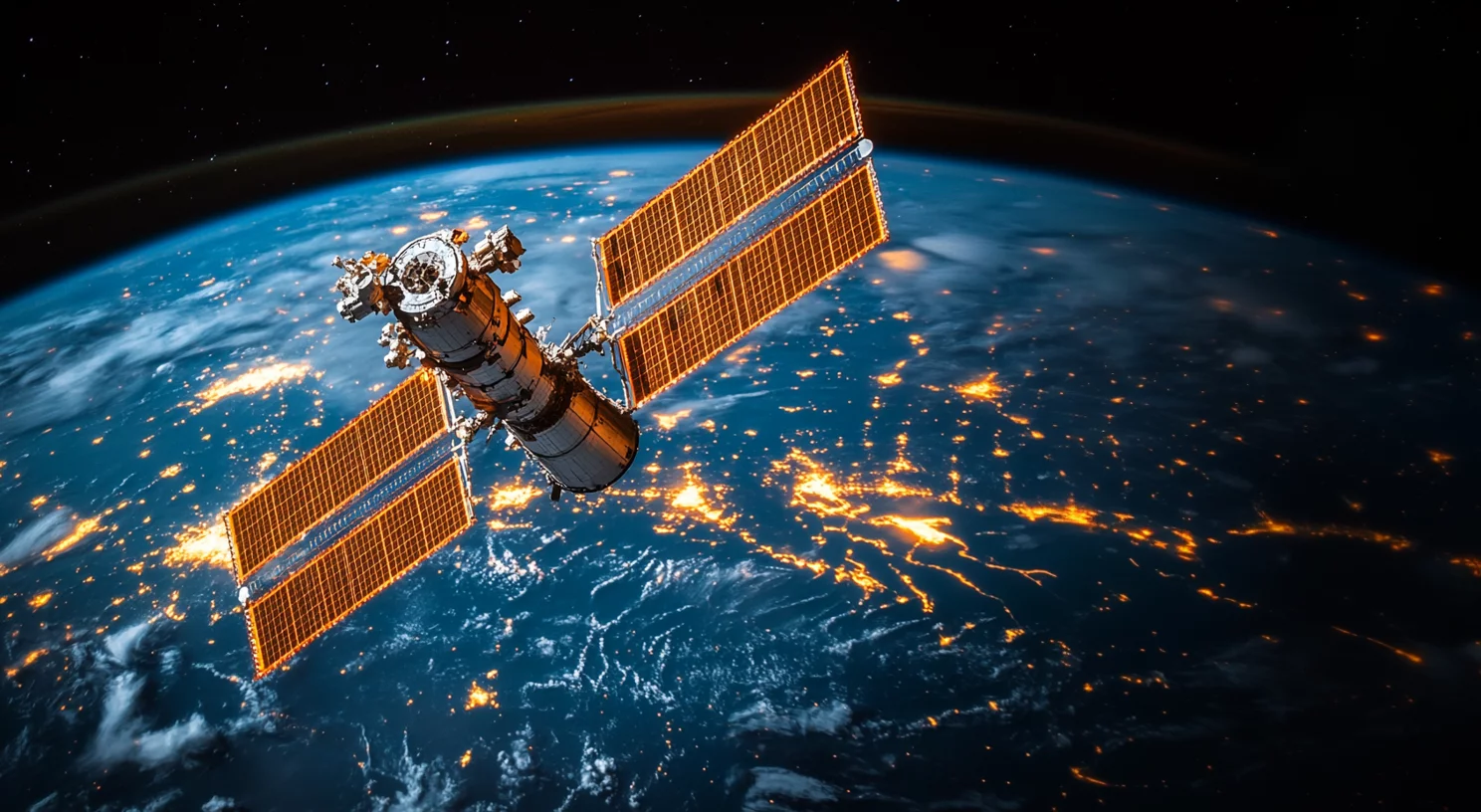
Recognizing the urgency of the space debris problem, space agencies and private companies are actively working on mitigation strategies:
- Active Debris Removal (ADR): Technologies such as robotic arms, nets, and harpoons are being developed to capture and deorbit space debris safely. Companies like Astroscale and ClearSpace are pioneering ADR missions to clean up space junk.
- End-of-Life Deorbiting: Many new satellites are now equipped with propulsion systems or drag sails to ensure they re-enter Earth’s atmosphere and burn up at the end of their operational life.
- Improved Space Traffic Management (STM): AI-driven collision avoidance systems help satellite operators predict and prevent potential crashes. Governments and private companies are investing in STM frameworks to coordinate space traffic effectively.
- Regulatory Measures: International organizations like the United Nations Office for Outer Space Affairs (UNOOSA) and the Committee on the Peaceful Uses of Outer Space (COPUOS) are working on stricter guidelines for sustainable space operations, pushing for responsible satellite deployments and debris mitigation policies.
The Future of Space Sustainability
As the number of satellites continues to rise, space sustainability must remain a priority. Governments, private enterprises, and space agencies must collaborate on innovative solutions to prevent the long-term consequences of uncontrolled debris buildup. Without proactive measures, the increasing clutter in orbit could hinder future space exploration and endanger essential satellite services on which modern society depends.
The challenge is complex, but with continued advancements in technology and international cooperation, humanity can work toward a cleaner and safer space environment. A balance must be struck between harnessing the benefits of satellite technology and ensuring that Earth’s orbit remains navigable for generations to come.
